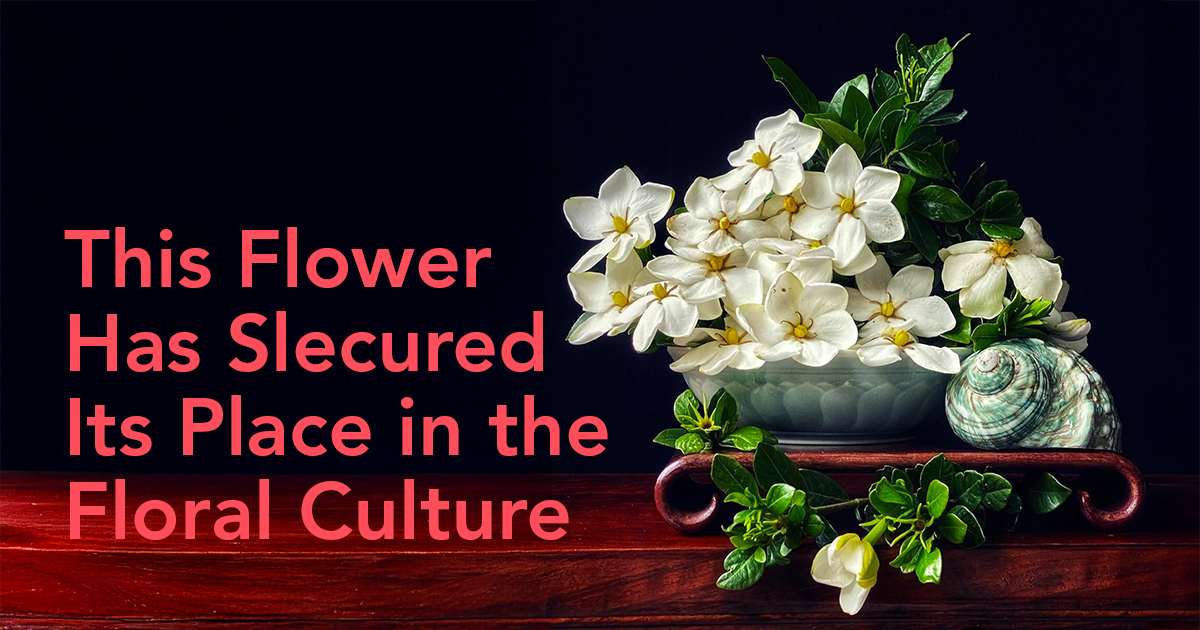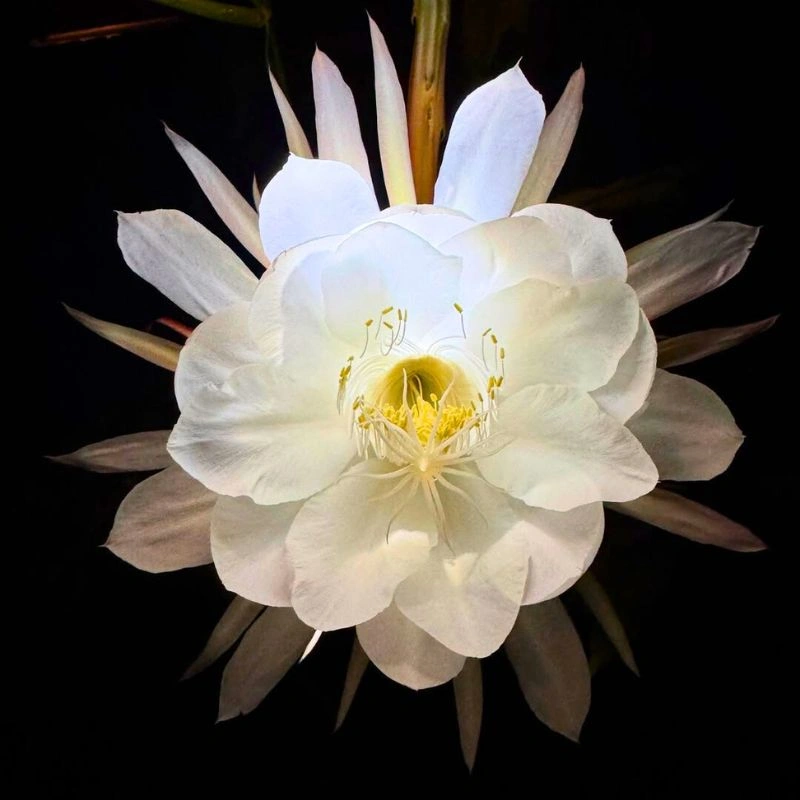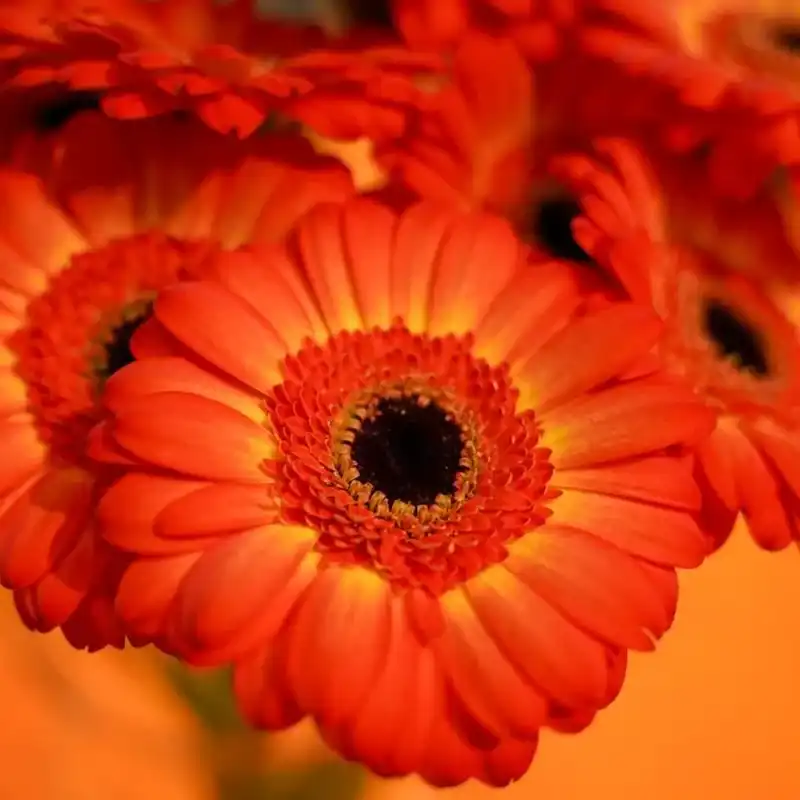The Gardenia flowers are one of those that instantly stand out, thanks to its creamy white petals and an unmistakable fragrant scent and aroma. But beyond its beauty, the gardenia flower carries deep meaning and a fascinating history steeped in symbolism. From ancient traditions in Asia to modern-day body art, these shrubs from the coffee family have made their mark across various cultures. This article covers everything you need to know about Gardenia flowers - their origins, uses, care tips, and what a white Gardenia tattoo might represent. You'll be a Gardenia expert within the next ten minutes!
The History of the Gardenia
The Gardenia flowers have a long and storied past, originating in Asia and later making their way to Europe and the Americas. Named by Carl Linnaeus and John Ellis after Dr. Alexander Garden (what's in a name?), a known Scottish botanist who spent most of his time in South Carolina, this flower became widely known in the 18th century. Gardenias, especially the most common species, the Jasminoides, were cultivated in China and Japan for centuries before European traders introduced them to the West. The flower was introduced to Europe, and then to the United States, where it became a greenhouse favorite, appreciated for its striking blooms and enchanting fragrances.


During the Victorian times, Gardenia flowers were highly valued in floral arrangements, often worn as corsages or included in bouquets to convey secret messages. The pristine petals of the white Gardenia symbolized innocence, purity and refinement, making them a popular choice for special occasions.
Gardenia Flower Symbolism and Meaning
The Gardenia is rich in meaning, often associated with purity, love, and trust. Giving someone a Gardenia can signify a strong bond, whether romantic or platonic, as a token of loyalty and deep connection. No wonder they are a wedding staple flower. In many cultures, Gardenias were historically given to express unspoken affection to a secret love as a language of love.

Less secretly, their white color makes them a symbol of purity, making them popular in weddings and religious ceremonies. These flowers also stand for clarity and self-reflection, because the calming scent of a Gardenia is thought to promote peace and self-awareness. They are in many people's top list of fragrant houseplants to make their homes smell lovely. In some traditions still, the Gardenia is linked to protection and good energy, often used in spiritual practices to ward off negativity. A good reason to put them in places like your bedroom.

Gardenias in Cultural and Spiritual Realms
Across different cultures, Gardenias have been tied to devotion, passion, and a deep intuition about one's inner self. Many practitioners of holistic traditions say Gardenias encourage pure attraction - the kind of magnetic draw that fosters close relationships and uplifting moments. Placing Gardenias in the house is thought to maintain harmony, allowing a steady flow of positive energy. This tradition dates back to ancient practices where Gardenias were used in the spiritual world to facilitate meditation and personal reflection. They remind us that every new bloom signals a fresh start.
Common Types of Gardenia
There are over two hundred species of Gardenia, but these five are particularly popular among gardeners and florists:
-
Gardenia jasminoides (Cape Jasmine) – The most well-known species, featuring large, fragrant white flowers and glossy dark green leaves.
-
Gardenia thunbergia – Native to South Africa, this species has larger, more tubular flowers and is often grown as a hedge plant.
-
Gardenia taitensis (Tahitian Gardenia) – Known for its association with tropical islands, this variety has star-shaped flowers and is commonly used in leis and perfumes.
-
Gardenia radicans – A dwarf variety, ideal for ground cover or container gardening, with small flowers and dense foliage.
-
Gardenia grandiflora – A hybrid known for its extra-large blooms and strong fragrance

Are There Other Colors of Gardenia Flowers?
While most people recognize the classic white Gardenia, some enthusiasts have explored the concept of the red gardenia to represent love and life with a touch of that desired red flair - similar to how many associate roses with romance. Although an actual red gardenia is rare in nature, horticultural hybrids attempt to mimic that hue or incorporate other colors. Whether white Gardenia or any variant, many consider Gardenias a favorite flower for their unique beauty. Because they thrive in tropical climates, these blooms serve as enduring symbols of hope and innocence across the world.
The Use of the Gardenia
If you attend a wedding, big chance you will find Gardenias in some arrangements. Their elegant look and fragrance make them a favorite for bridal bouquets and centerpieces. In Western culture, they have become a staple in corsages, often worn at formal events.

But Gardenias are more than just decorative flowers. Despite their delicate appearance, Gardenias have a strong presence in many more industries, from beauty products to holistic remedies. Their scent and properties have led to a variety of uses, like in perfumes and scented oils where you can find Gardenia extracts are widely used. And in traditional Chinese medicine, Gardenia flowers and fruits are been used for their medicinal properties, particularly in treating inflammation and fevers. Their scent is believed to promote relaxation and reduce stress, so usage in aromatherapy is evident.

How to Care for a Gardenia Plant
Growing a Gardenia requires attention and care. These plants are known for being a bit finicky, but with the right conditions, they can thrive.
-
Mind the light – Gardenias need bright, indirect sunlight. Too much direct sun can scorch the leaves, while too little will prevent blooming.
-
Test the temperature – They prefer warm, stable temperatures. Avoid exposing them to cold drafts or sudden temperature changes.
-
Control humidity – High humidity is essential for Gardenias. If you’re growing one indoors, consider using a humidifier or misting the plant regularly.
-
Search the right soil – Acidic, well-draining soil is a must. A mix with peat moss and organic matter works best.
-
Wise watering – Keep the soil consistently moist but not soggy. Overwatering can lead to root rot, while dry soil will cause the buds to drop.
-
Focus on fertilization – Use an acid-based fertilizer every few weeks during the growing season to keep the plant healthy.
-
Pruning principles– Trim back after flowering to maintain shape and encourage new growth.
With proper care, a Gardenia can become a long-lasting and rewarding addition to any garden or indoor space.

The Meaning of a Gardenia Tattoo
Tattoos often have a deep meaning for a person; most are not put on without any consideration. A Gardenia tattoo carries deep symbolism, often chosen for its meanings related to love, purity, and remembrance. Many people get a Gardenia tattoo to honor a loved one, symbolizing a bond that remains unbroken even after death. Others choose it to represent personal growth, inner peace, or a commitment to self-discovery. After all, Gardenias require care and attention to flourish, much like relationships with oneself or with others. The delicate yet resilient nature of the Gardenia makes it a powerful symbol in body art.

A Flower With Lasting Significance
Gardenias have been cherished across cultures for centuries, not just for their fragrance but for the emotions they represent. Whether in a bouquet, a garden, or inked on skin, they continue to carry messages of love, purity, and elegance. Their beauty may come with challenges in care, but that only makes them all the more rewarding to grow.
Header and feature Gardenia jasmoniodes by @mariagravias.










